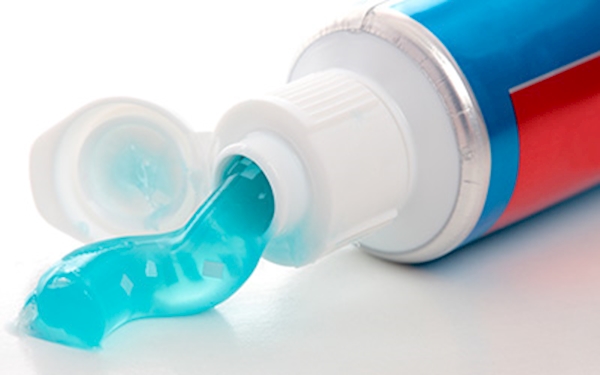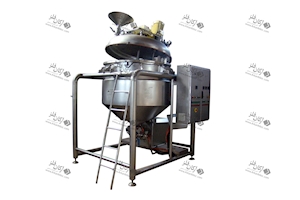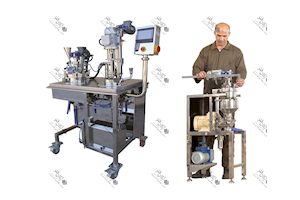Manufacture of Toothpaste

Manufacture of Toothpaste
Toothpastes are generally either white abrasive pastes or clear gels. Although the formulations differ, they share many common ingredients; these may vary from country to country according to legislation on use of ingredients, etc.
The Process
Processing methods vary depending on the product type and ingredients used.
A typical process could be described as follows:
• The liquid base is prepared first - water, sorbitol/glycerin and other liquid ingredients.
• Rheology modifiers may be pre-mixed with a non-aqueous liquid ingredient such as glycerin or the flavoring oil, or dry blended with other powdered ingredients to aid dispersion.
• The active ingredient, sweetener and preservative are added and dispersed.
• The abrasive/filler is then added. This may be supplied as a slurry, or premixed with part of the water prior to blending with the liquid base.
• Flavoring and coloring are added.
• The detergent is added last under slow speed agitation to minimize foaming. It is typically in solid form to avoid adding water to the formulation at this stage.
- Rheological modifiers form lumps that are difficult to break with a stirrer.
- Adding compounds to other liquid or powder materials increases the time and cost of the process.
- Some rheology modifiers require high shear stress to achieve maximum performance.
- Some ingredients, such as hydrated silica, are low in density and very difficult to combine and moisturize.
- Conventional mixers, especially when mixing powders, allow air to enter the mix.
- Abrasives such as calcium carbonate can be prepared as a water dough and mixing equipment must be able to open them apart.
- Construction time is significantly reduced.
- Quick combination and moisturizing powders.
- Product quality and stability are greatly improved.
- By operating under a vacuum homogenizer mixer, the possibility of bubbling the product can be minimized.
- At the end of the process, the components of the deaeration process are possible.
Vacumm Mixer Homognizers of Arkan Felez Company








